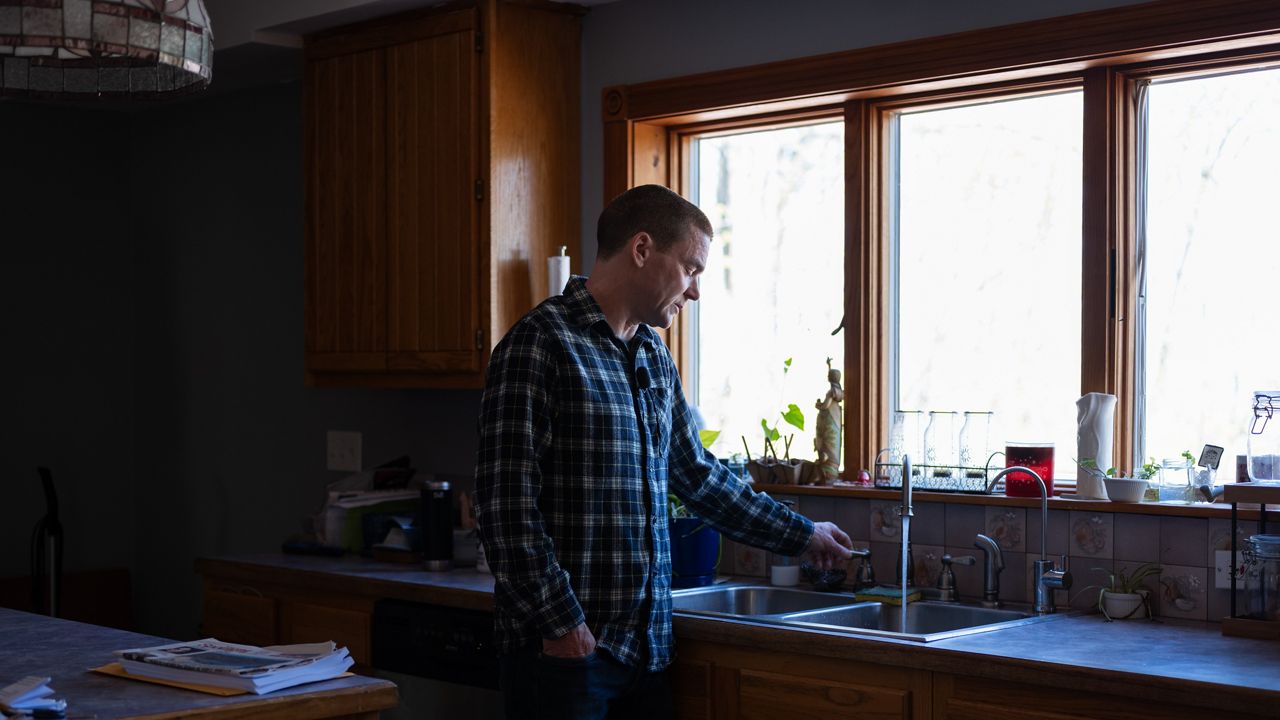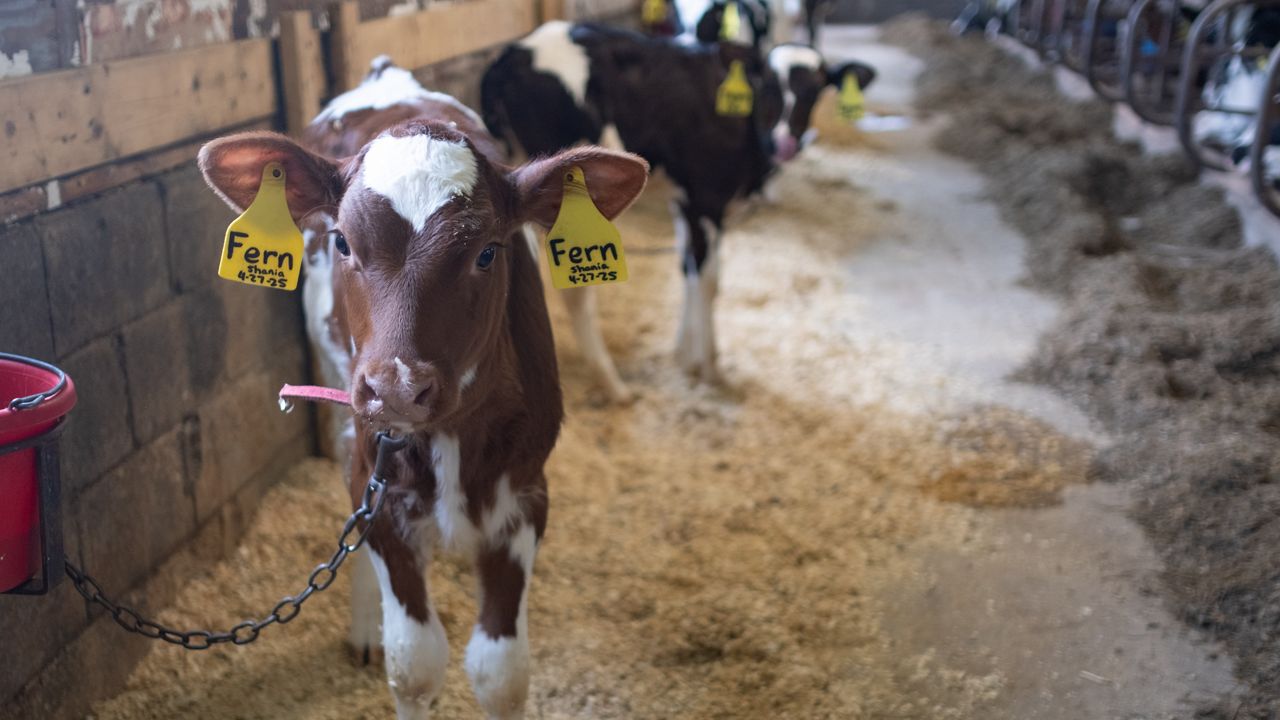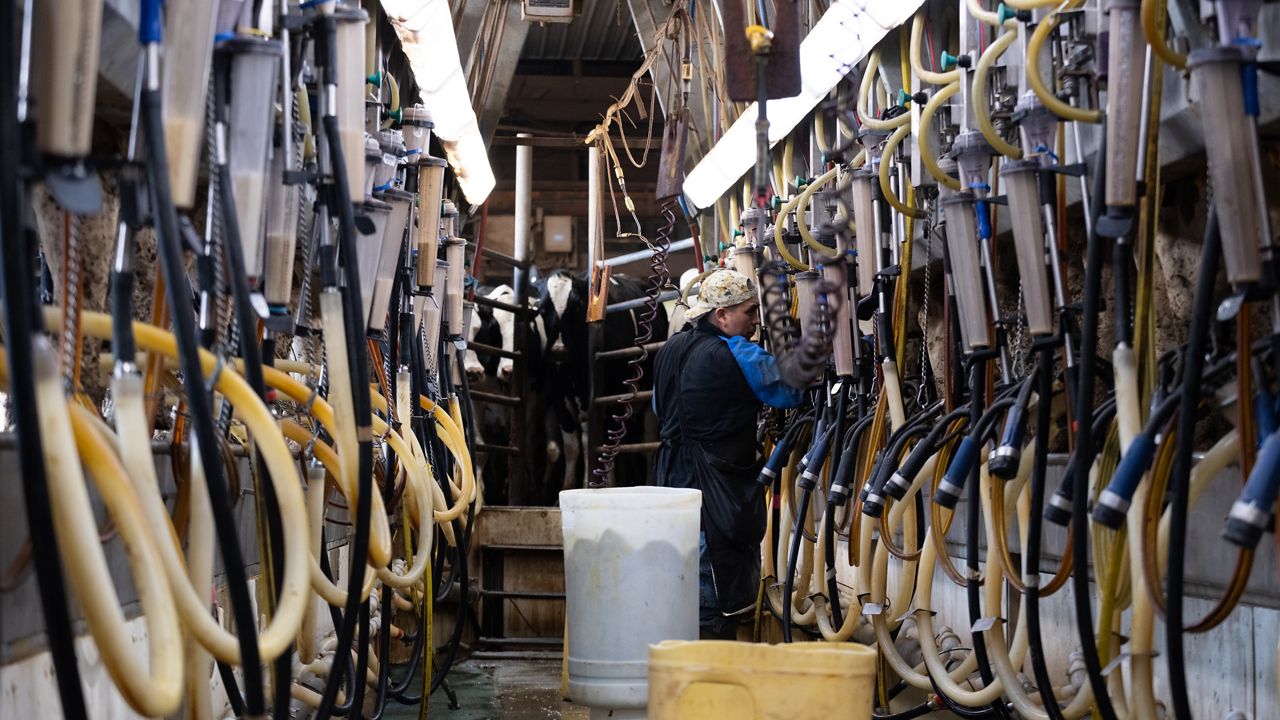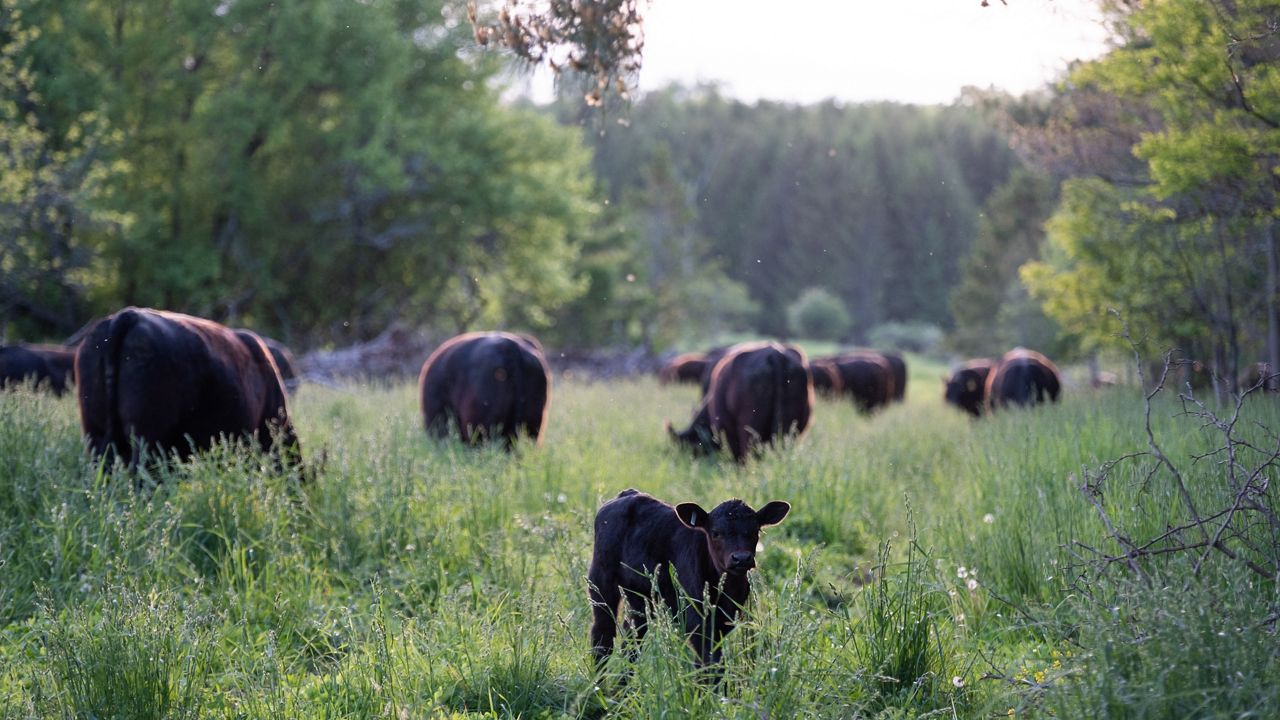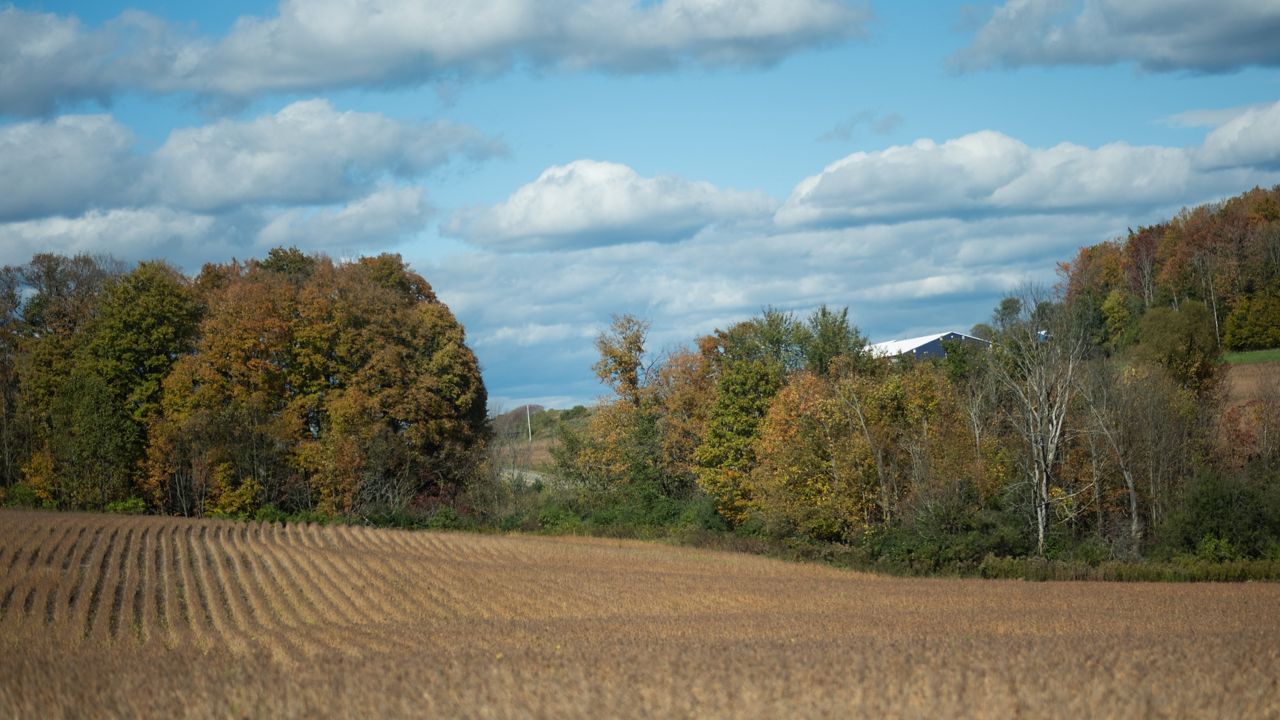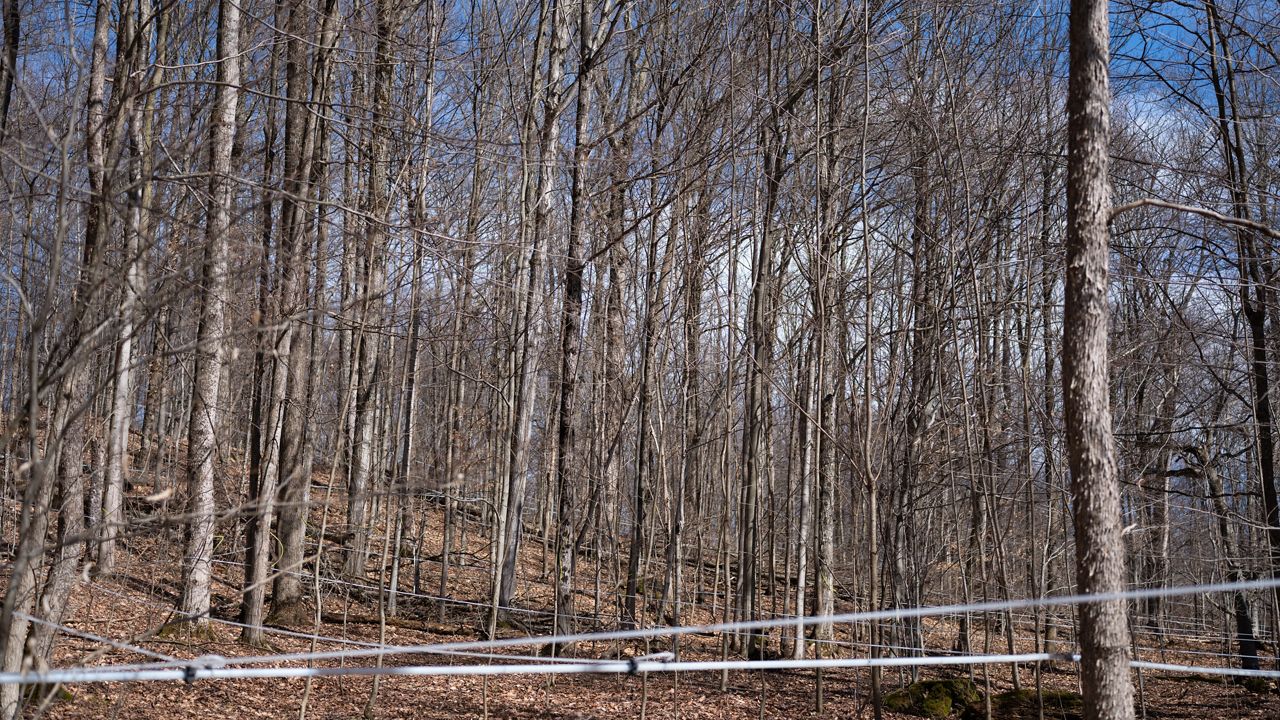The zoo has welcomed two Humboldt penguin chicks and six red wolf puppies, which are critically endangered with less than 20 living in the wild.
“These guys are the most critically endangered wolves, canine species, in the world,” said Theo Campbell, collection manager of carnivores for the Rosamond Gifford Zoo.
Critically endangered is a classification given by the International Union for Conservation of Nature, and means the wolves have an extremely high risk of extinction. The wild population lives in North Carolina at the Alligator River National Wildlife Refuge. Because they are a very vulnerable population, the wolves are part of a reintroduction program, and the zoo participates in Species Survival Plans (SSP).
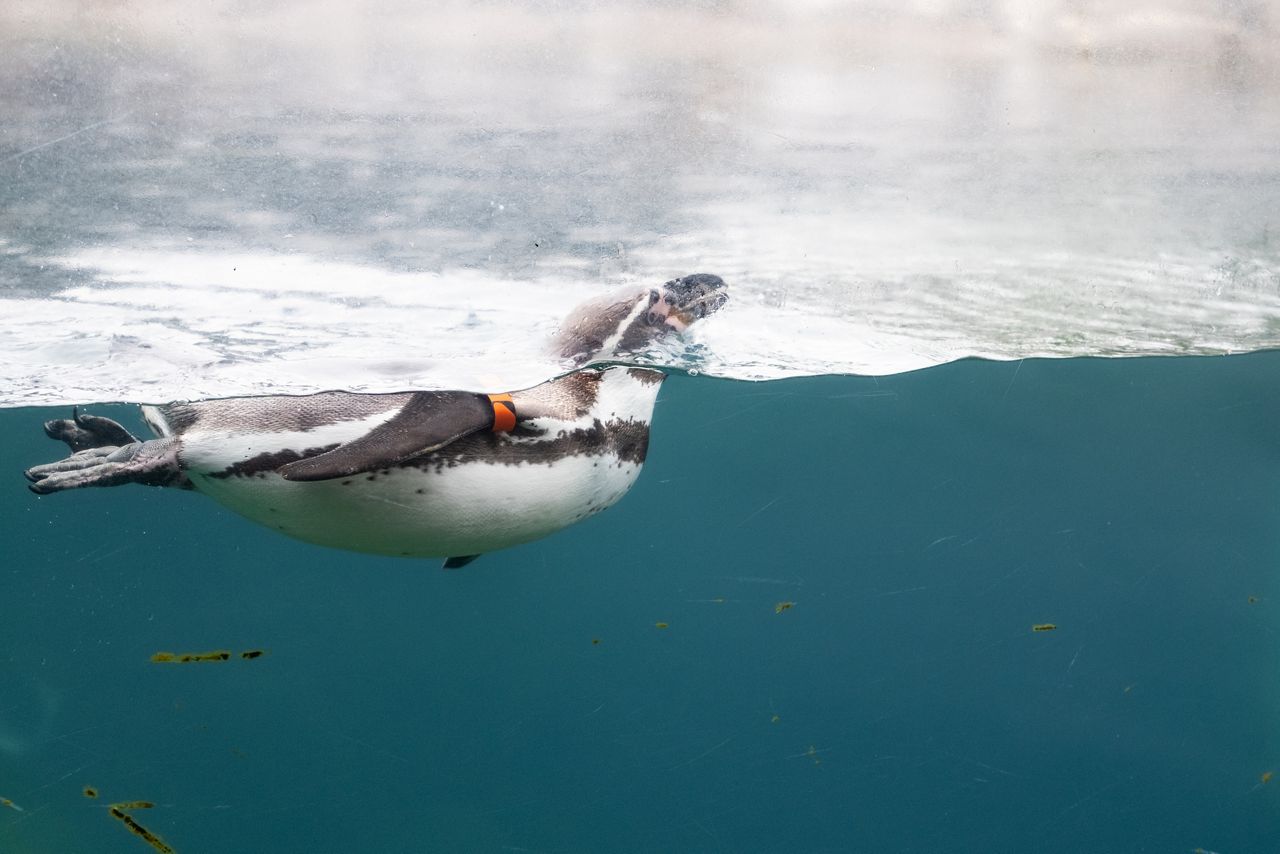
“[The wild population are] all tagged, and they’re monitored by the U.S. Fish and Wildlife [Service] constantly,” Campbell said. “When they were born, I had to reach out to the SSP coordinator, just letting them know we had a litter and from there, they let us know if there is a foster opportunity in the wild. Unfortunately, there wasn’t at this time so at this point, we’re just going to follow the recommendations of the coordinator.”
There are about 240 red wolves living in zoos and breeding facilities, according to the U.S. Fish and Wildlife Service, and the range once extended from Texas to New York but now, there are multiple reasons for the decline of this population in nature, Campbell said.
“They’ve crossbred with coyotes, so there’s hybridization going on there and they’ve lost gene diversity in that regard, but another big problem is habitat loss, of course, which is huge for most animals around the world,” he said.
Competition with farmers is another cause for their population decline.
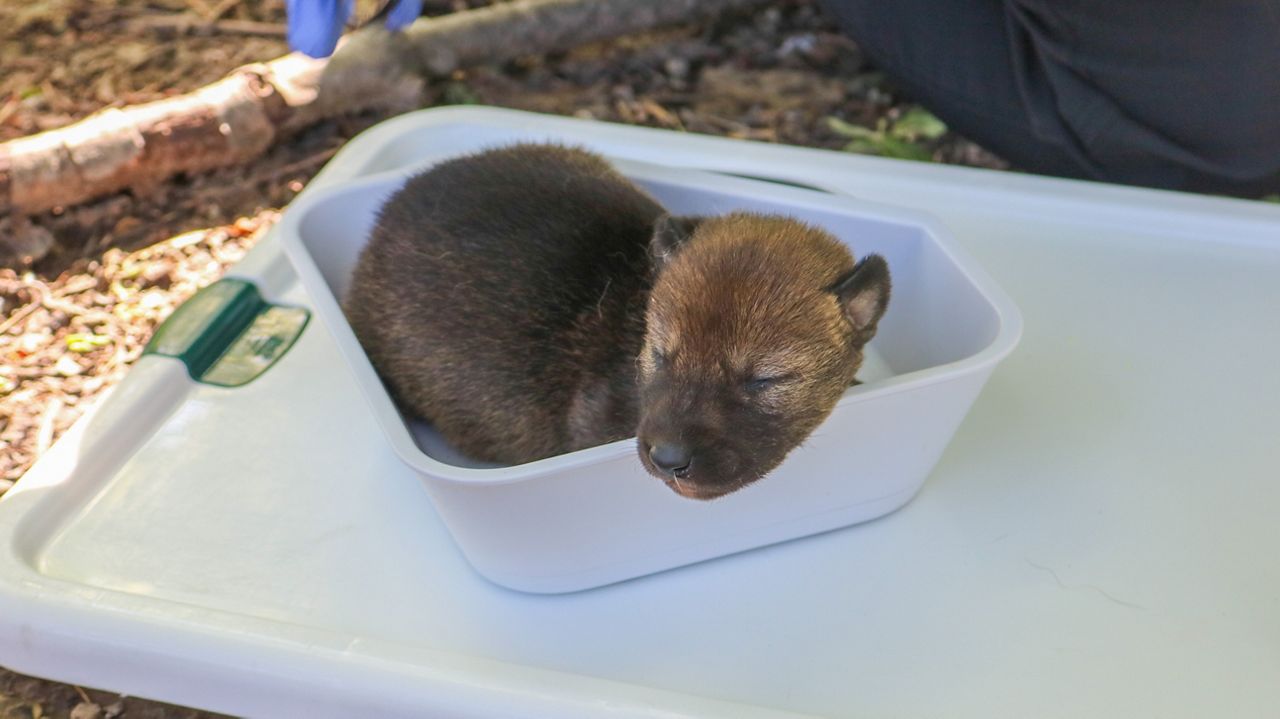
“The farmers see them as a threat, or they mix them up with coyotes, and they just don’t want them near their livestock so they will potentially get shot,” Campbell said.
Both wolves and coyotes will hunt small livestock like chickens, lambs and goats.
While they won’t be able to breed right away because they have the current litter, the zoo would like to continue the breeding program in the future, Campbell said. This litter of pups might be reintroduced to the wild, but the wolves are very susceptible to becoming accustomed to humans.
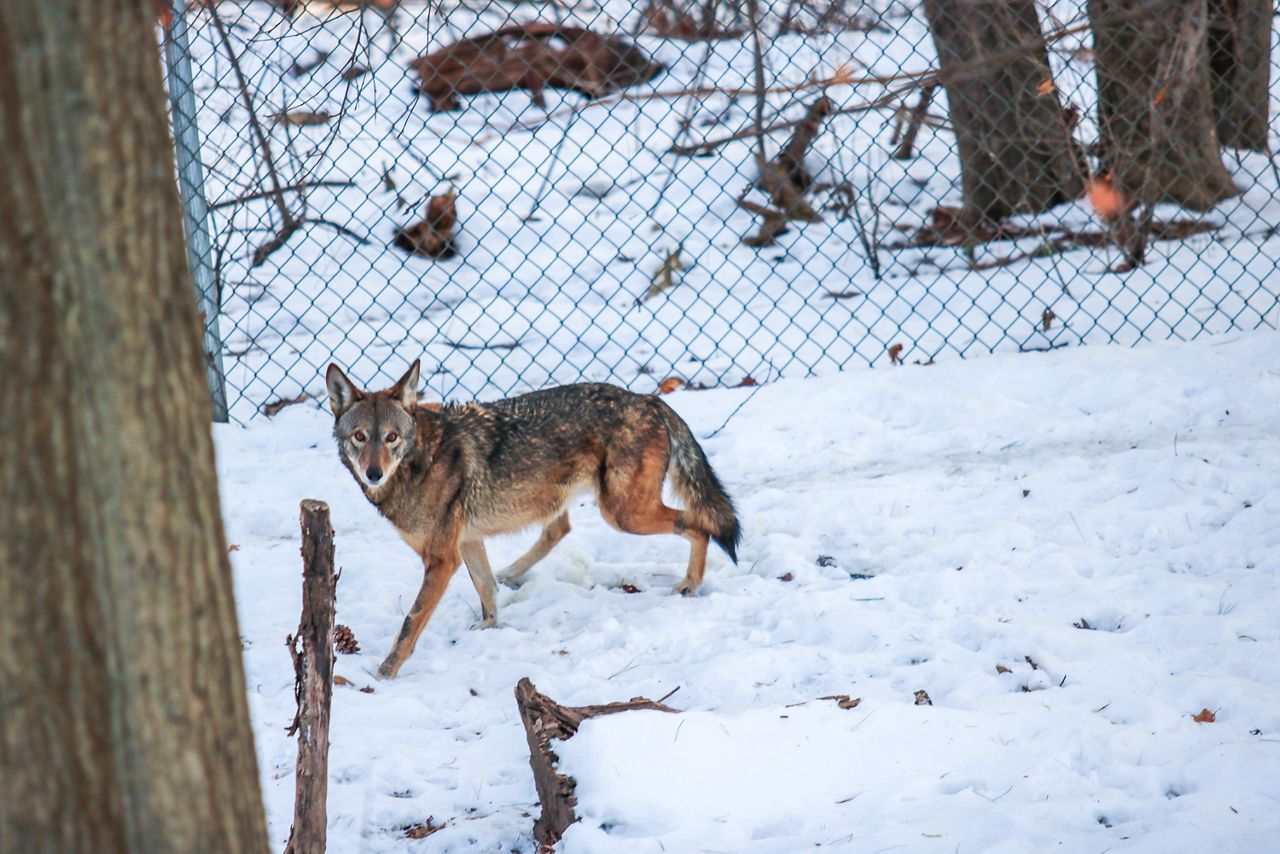
Humboldt penguins are also part of the Species Survival Plans the zoo implemented. Native to the Pacific coasts of Peru and Chile, they are classified as vulnerable to extinction by the IUCN.
“We had our first chicks hatch in 2006, something that we were told was highly unlikely. To date, we have had almost 70 chicks total hatch here at our zoo,” said Tammy Singer, a collection manager overseeing the penguins.
The chicks are just coming out of their nesting boxes and should be visible soon, Singer said.





)
